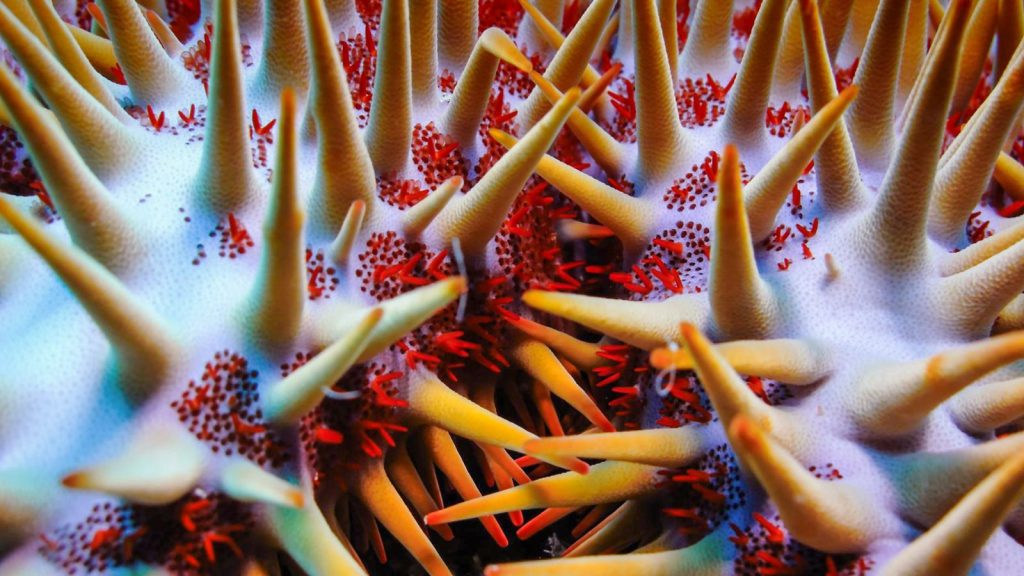The ocean is home to some of the most fascinating and deadly creatures on Earth. While jellyfish often get a bad rap for their painful stings, there are many other marine creatures that pack an even more potent punch. From tiny sea snails to large fish, these venomous creatures lurk in waters around the world, ready to defend themselves or catch their prey. Their toxins can cause effects ranging from mild discomfort to rapid death in humans. I love the ocean and am utterly fascinated by all of the amazing creatures it’s home to, but I wouldn’t want to meet any of these marine critters up close.
Blue-Ringed Octopus
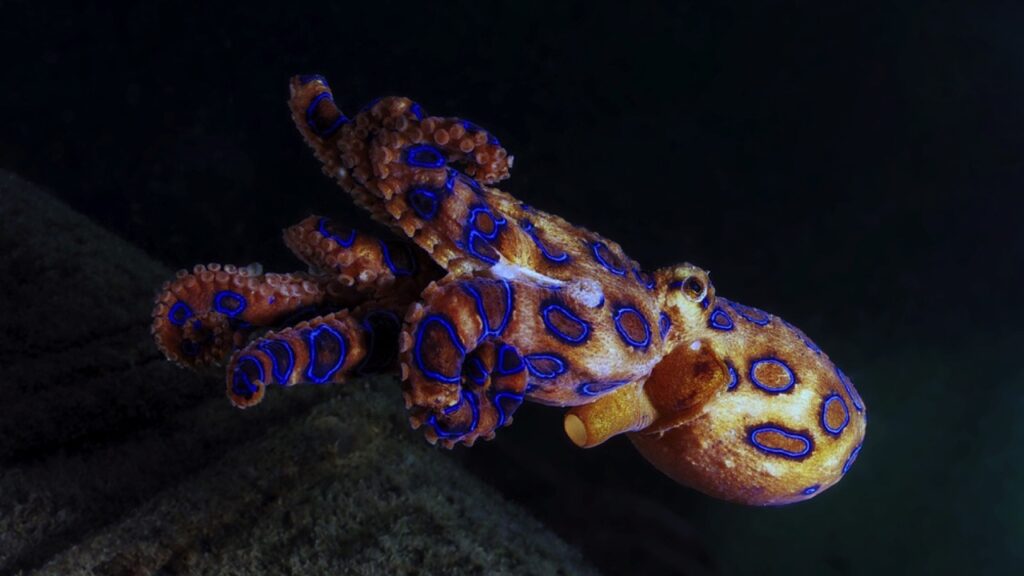
The blue-ringed octopus may be small and beautiful, but it’s one of the deadliest animals in the sea. Its venom is 1,000 times more powerful than cyanide and can kill a human in minutes. This tiny octopus is found in tide pools and coral reefs of the Pacific and Indian Oceans. There’s no antidote for its bite, so immediate medical attention is crucial for survival.
Stonefish
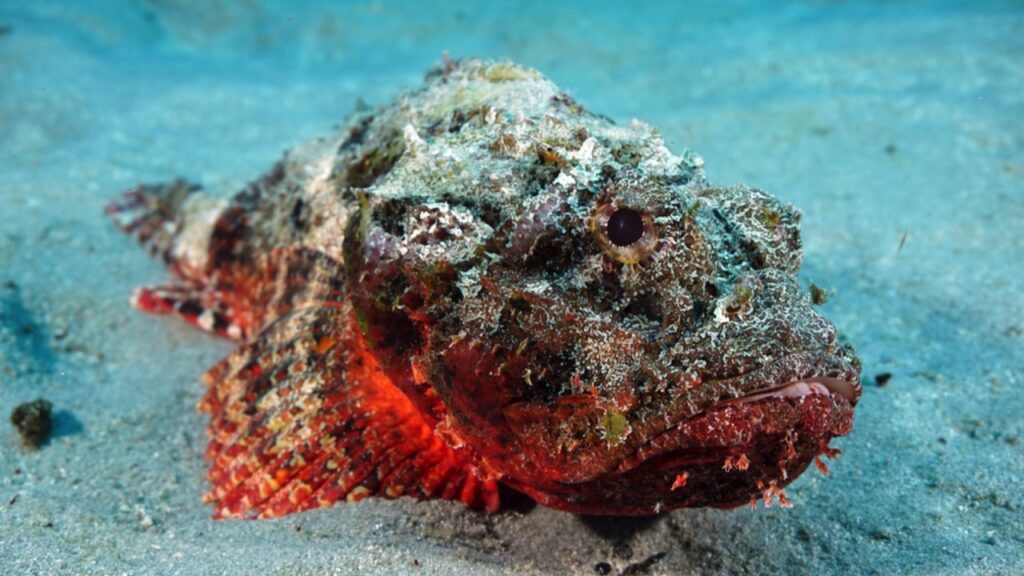
The stonefish is the most venomous fish in the world. It blends perfectly with its surroundings on the ocean floor, making it easy for unsuspecting swimmers to step on. Its dorsal fin spines inject a potent neurotoxin that causes extreme pain, swelling, and potentially death if left untreated. Stonefish are found in the coastal regions of the Indo-Pacific.
Box Jellyfish
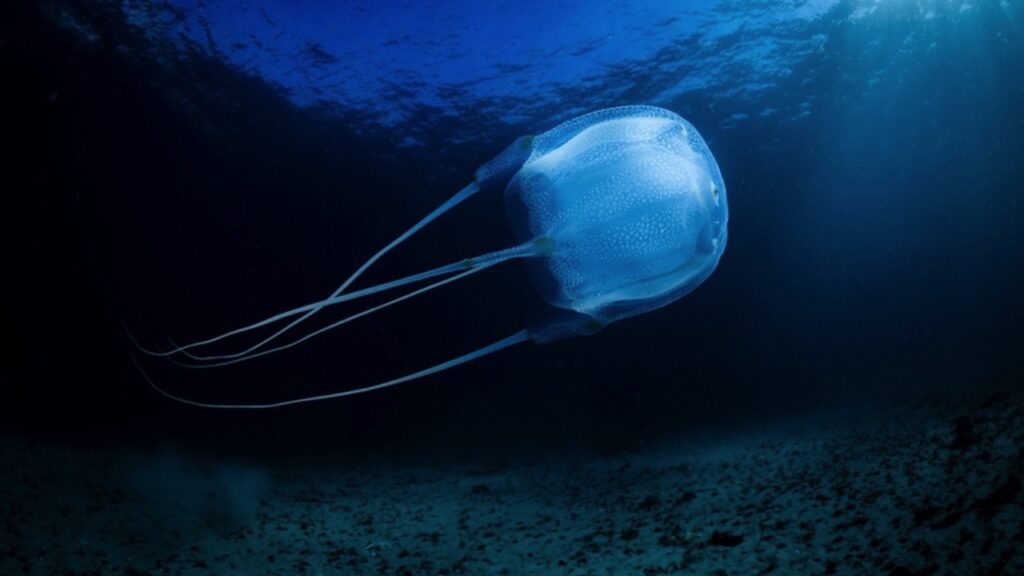
While we’re comparing creatures to jellyfish, the box jellyfish deserves a special mention. It’s far more dangerous than its common cousins. Box jellyfish venom attacks the heart, nervous system, and skin cells. Its sting is so painful that victims have been known to go into shock and drown before reaching shore. These jellyfish are found in the waters around Northern Australia and throughout the Indo-Pacific region.
Cone Snail
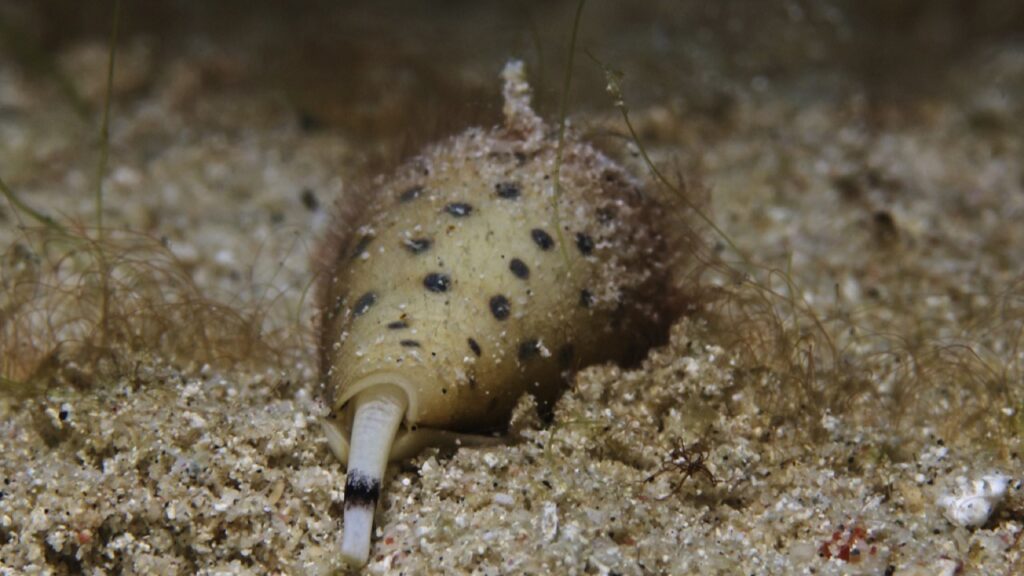
Don’t be fooled by the cone snail’s beautiful shell. This small sea snail packs a venomous harpoon that can penetrate wetsuits. Its venom contains hundreds of different toxins and can cause paralysis and respiratory failure. There’s no antidote, and some species of cone snails have venom potent enough to kill multiple adults.
Lionfish

With its striking appearance, the lionfish is a popular aquarium fish. However, in the wild, its venomous spines can cause intense pain, swelling, and in rare cases, paralysis or death. Lionfish are invasive in many parts of the world, disrupting local ecosystems. Their venom is used defensively rather than for hunting.
Sea Snake
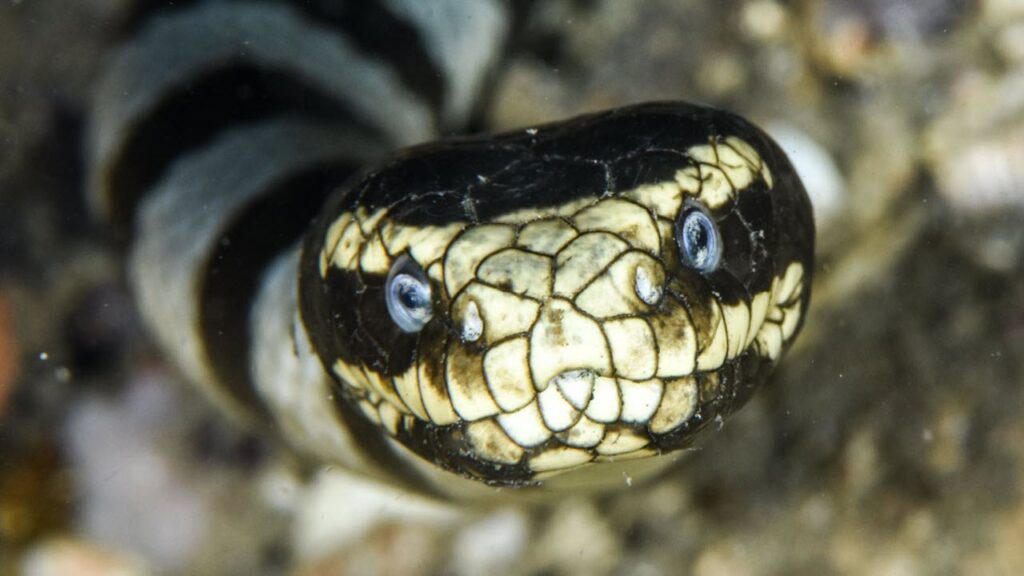
Sea snakes are some of the most venomous snakes in the world. Their venom is more potent than that of many land snakes. Fortunately, sea snakes are generally docile and rarely bite humans unless provoked. Their venom affects the nervous system and muscles, potentially leading to paralysis and death if left untreated.
Stingray
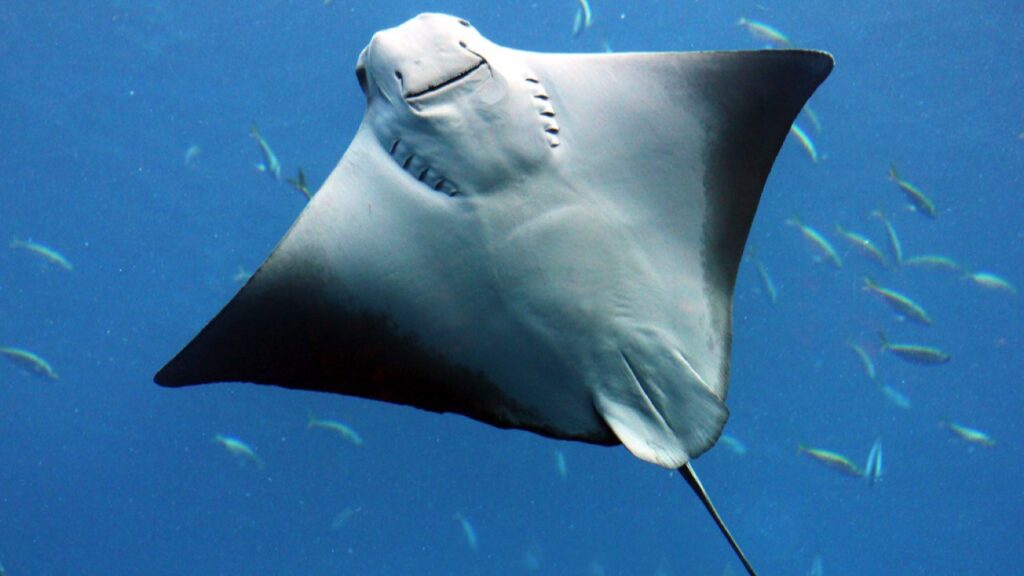
Stingrays are generally peaceful creatures, but their venomous barb can cause serious injury when stepped on. The venom causes intense pain and can lead to infection. While rarely fatal to humans, stingray injuries can be extremely painful and may require medical attention. Famous wildlife expert Steve Irwin tragically died from a stingray barb piercing his heart.
Portuguese Man-of-War
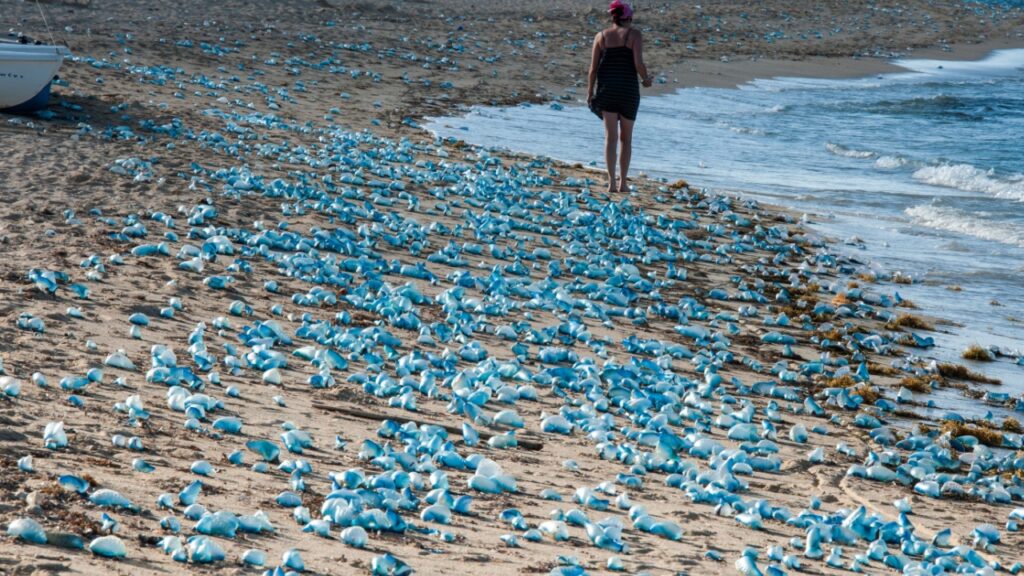
Often mistaken for a jellyfish, the Portuguese Man-of-War is actually a colony of organisms working together. Its long tentacles can extend up to 100 feet, delivering a powerful sting. While rarely fatal to humans, its venom causes welts, severe pain, and can lead to fever and shock. These creatures are found in warm waters around the world, often washing up on beaches.
Blue-Ringed Angelfish
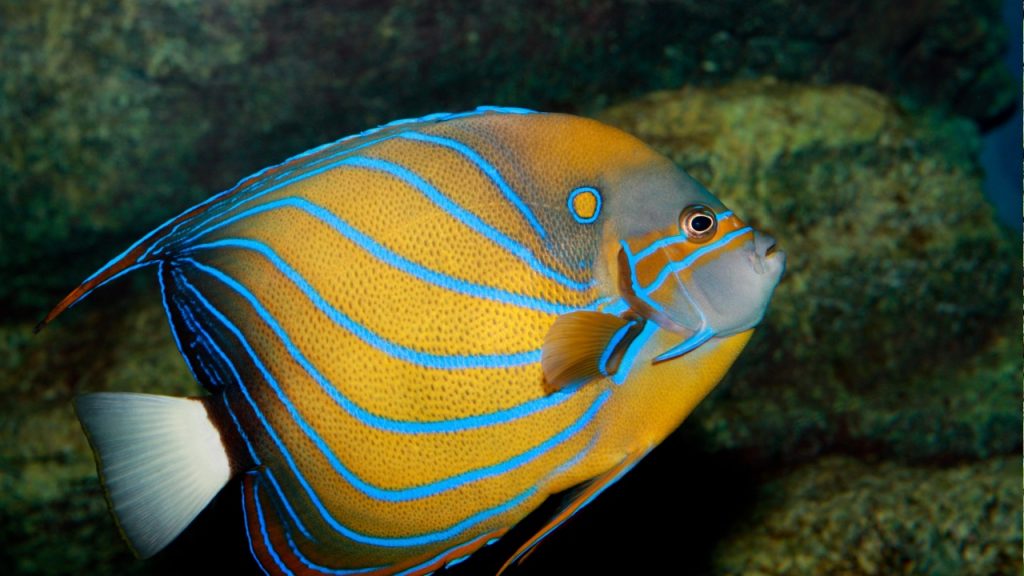
Not to be confused with the deadly blue-ringed octopus, the blue-ringed angelfish has venomous spines along its back. While not lethal to humans, its sting can cause severe pain and swelling. These beautiful fish are found in the Indo-Pacific region and are sometimes kept in aquariums, though they’re challenging to care for.
Flower Urchin
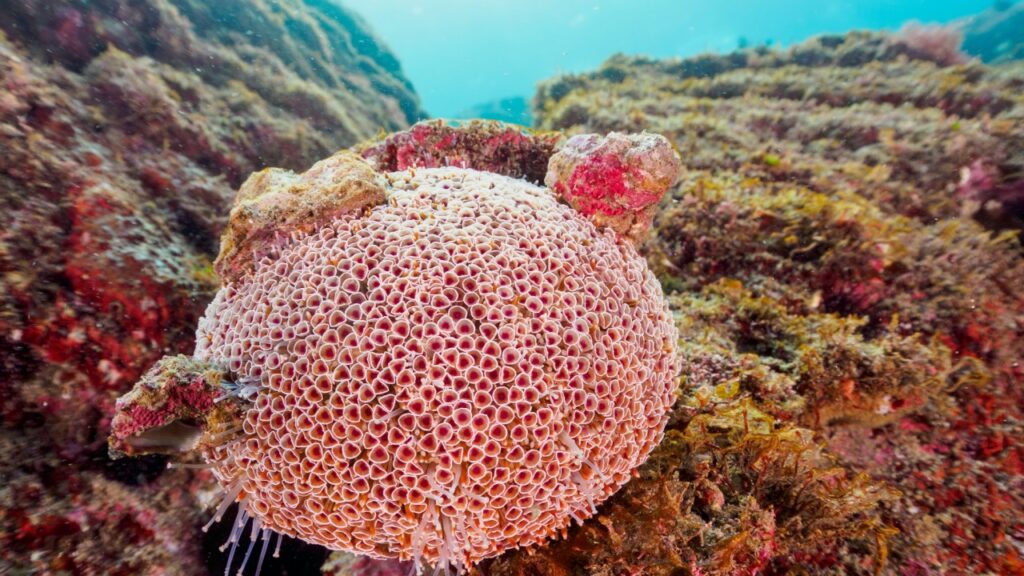
The flower urchin is considered the most venomous of all sea urchins. Its spines contain a powerful toxin that can cause paralysis and breathing difficulties. In some cases, its venom has been fatal to humans. These urchins are found in the Indo-Pacific region, often in shallow waters where they can easily come into contact with swimmers or divers.
Striped Eel Catfish
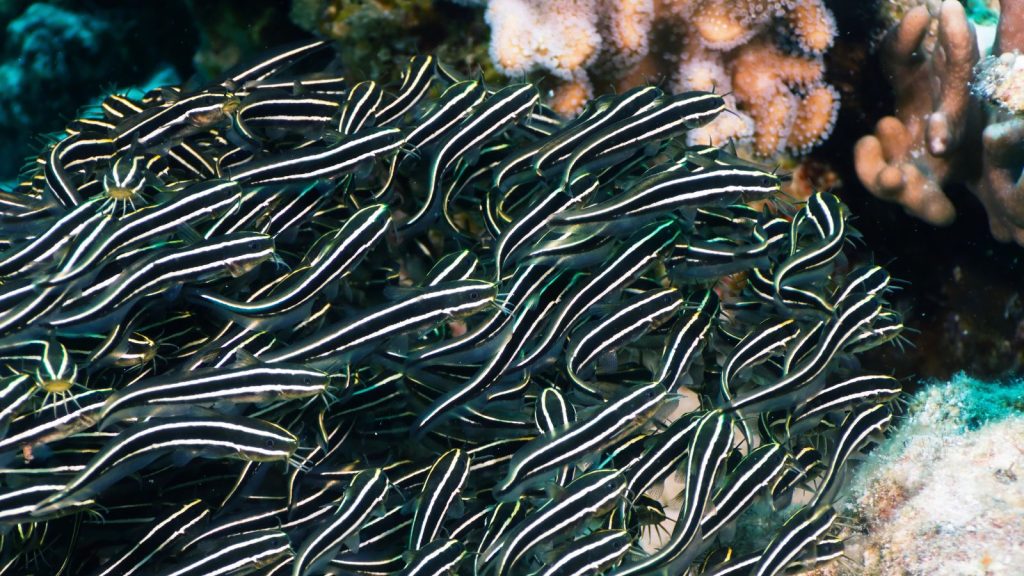
The striped eel catfish has venomous spines in its fins that can cause intense pain and swelling. While not usually lethal, its sting can lead to nausea, fever, and in rare cases, paralysis. These fish are often found in shallow coastal waters and estuaries in the Indo-Pacific region, where they can easily come into contact with waders.
Crown-of-Thorns Starfish
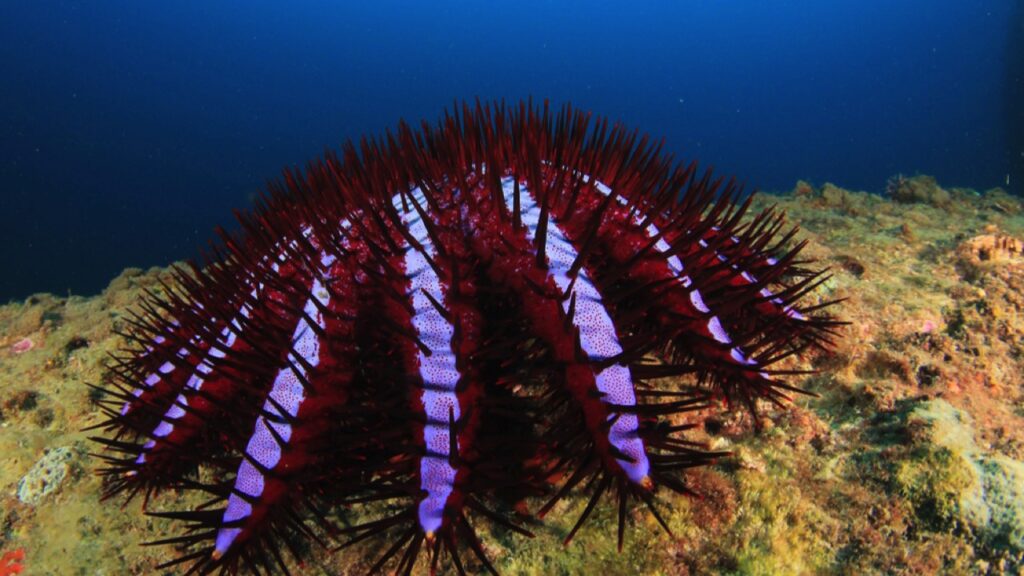
This large starfish is covered in venomous spines that can cause severe pain, nausea, and vomiting in humans. While not typically lethal, the crown-of-thorns starfish is a significant threat to coral reefs. Its population explosions can devastate large areas of coral, disrupting entire marine ecosystems.
Weeverfish
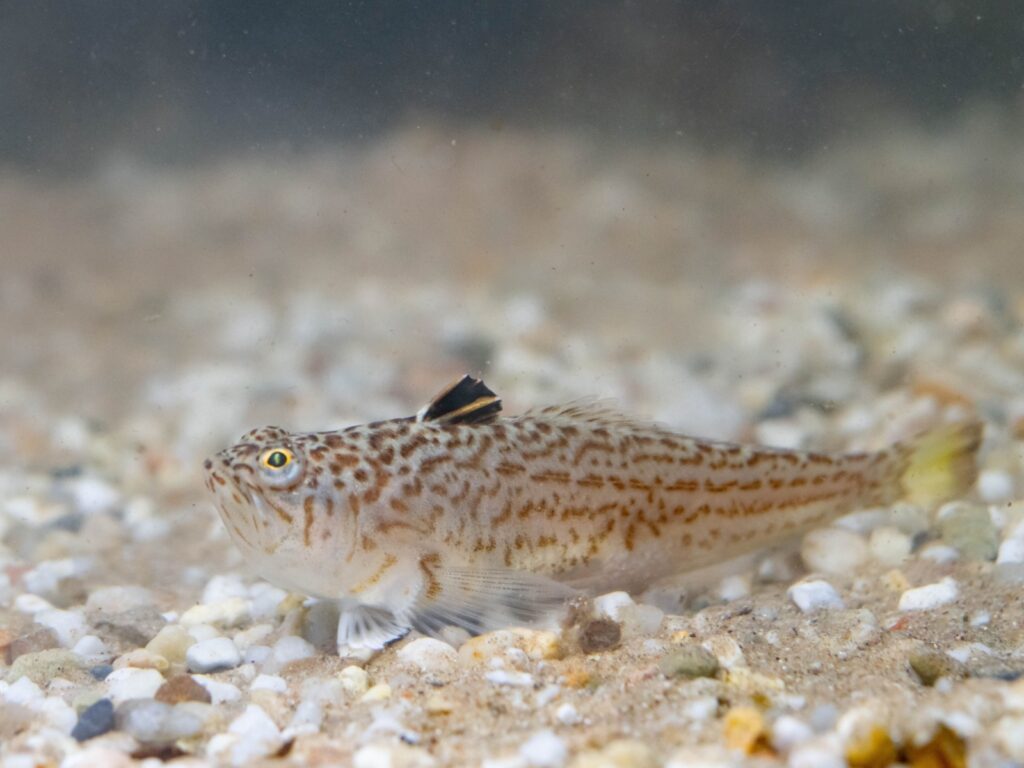
The weeverfish is a master of camouflage, burying itself in sand with only its venomous dorsal spine exposed. Stepping on this spine causes immediate, intense pain that can last for hours. While rarely fatal, weeverfish stings can cause swelling, numbness, and in some cases, paralysis. These fish are common in the northeastern Atlantic Ocean and Mediterranean Sea.
Pufferfish
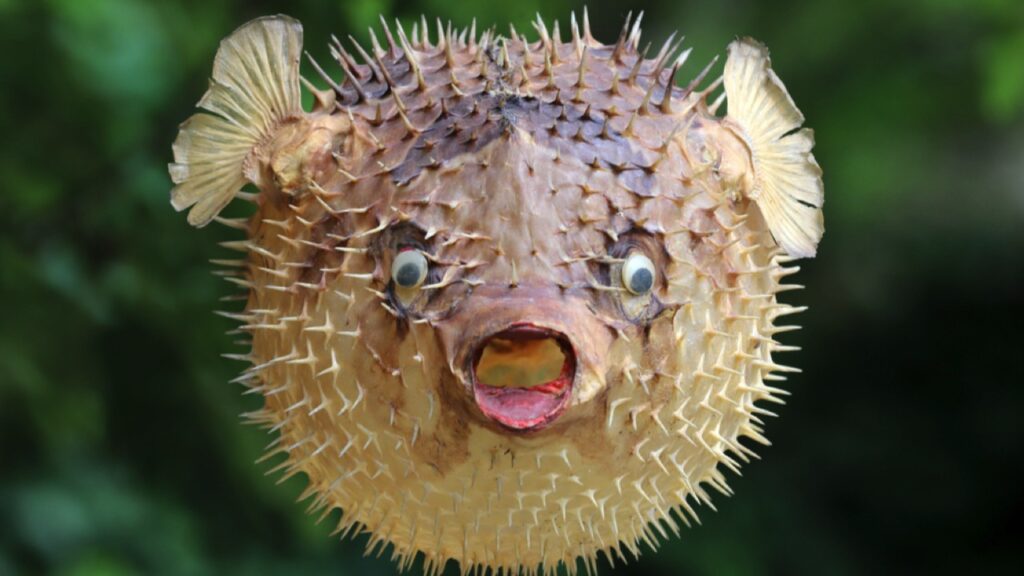
Pufferfish, also known as fugu, contain a neurotoxin called tetrodotoxin in their organs. This toxin is up to 1,200 times more potent than cyanide. While pufferfish don’t actively inject venom, their toxin can be deadly if the fish is improperly prepared for consumption. In Japan, only licensed chefs are allowed to prepare pufferfish for eating.
Fire Coral
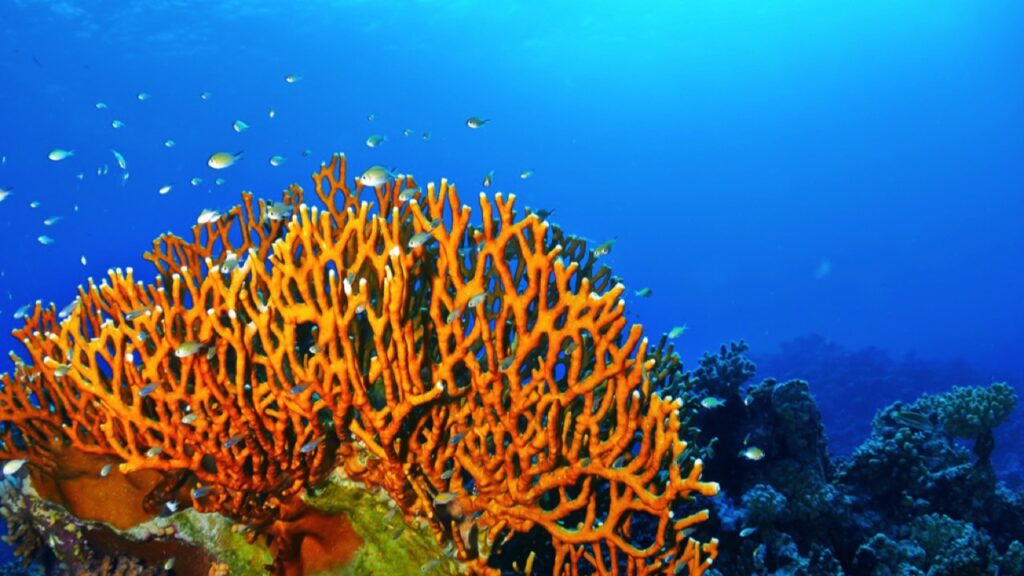
Despite its name, fire coral is not actually a coral but a marine organism related to jellyfish and anemones. Its stinging cells can cause a burning sensation on contact, hence the name. While rarely dangerous, fire coral stings can cause pain, rash, and in some cases, nausea and vomiting. These organisms are common in tropical waters worldwide.

